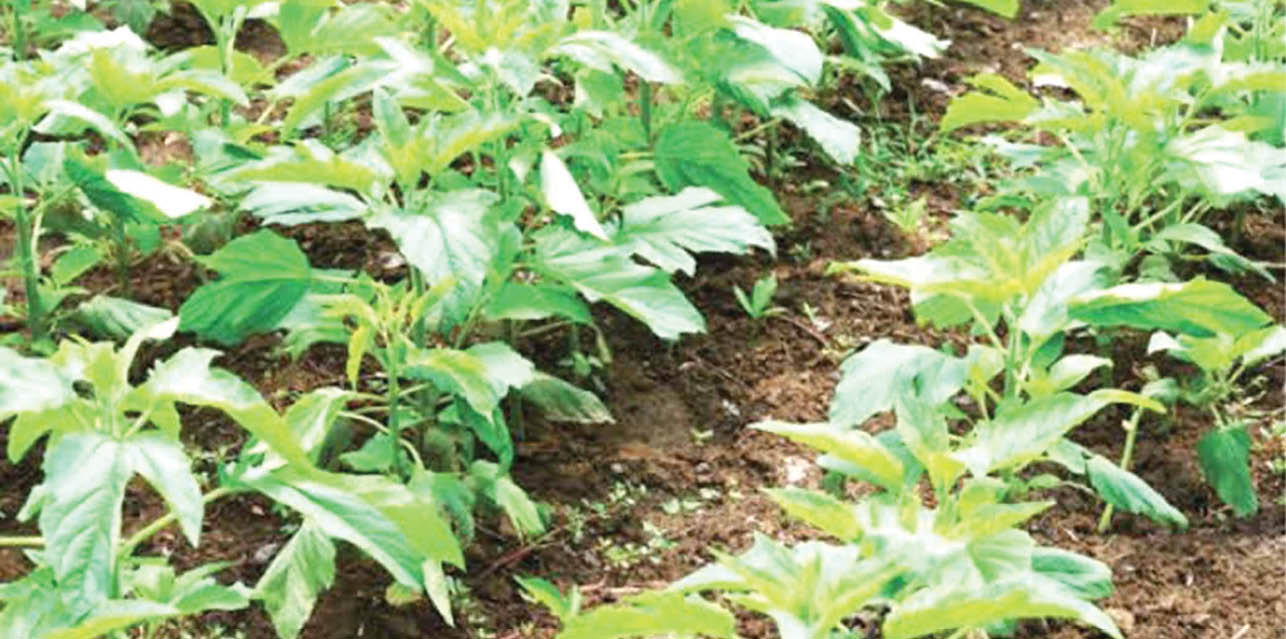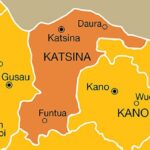Sesame production in Katsina State is fast gaining momentum as farmers in the state have made more investments in the produce this season, Weekend Trust gathered.
The farmers are hoping to tap from its fortune as a cash crop with high international demand.
Local farmers in the state now believe that farming is no longer a culture but a lucrative business that requires strategic planning.
Harisu Abdullahi, a sesame farmer in Kurfi Local Government Area, said the produce has become a money-spinner for farmers in the area, especially with the current economic situation.
He said, “As subsistence farmers, sesame is now our major cash crop. Besides millet, sorghum, beans that we are producing, sesame is serving as a store of value which we sell in a piece meal to execute our projects within the year.”
Abdullahi added that because of shortage of land, intercropping is now the system of farming adapted by most farmers in the area and sesame is part of it.
“We do not have enough farm lands to farm all the crops separately, hence the intercropping and we must include sesame because of its market demand. From sesame production, we get food for the year and still save for the future,” said Harisu Abdullahi.
Abdulkadir Bado Katsina, a local dealer and farmer, said sesame is cost effective in terms of production as it requires little or no fertiliser.
“Some farmers have no choice other than to produce sesame because they can’t afford to produce sorghum and maize because of other inputs like fertiliser that those crops require.
‘‘Groundnut, beans, millet and sorghum can be intercropped with sesame,” he said.
Regarding its market price, Bado said last season, a measure (mudu) of sesame started from N2,500 and went up to N4,000 towards the end of the season.
Abubakar Usman Karfi, the Chief Executive Officer of Silvex International Limited, an Agribusiness company, said the prospect of sesame farming is bright as “95 to 97% of the crop produced in the country is for export and Nigeria is the second largest producer in Africa, producing 450,000 to 650,000 tonnes yearly.”
According to Karfi, Taraba and Benue states have now started harvesting their sesame while Bauchi, Gombe and Adamawa states will soon follow. He added that from October to early November, the one produced in Kano, Jigawa, Katsina and Zamfara will enter the market while at the tail end of the season, the one from Nasarawa and Niger will also be ready.
“Last year, we closed the season with the kilogram price of sesame at N2500 which translates to N2,500,000 per ton. This year we started at a rate of N1,550,000 to N1,600,000 a ton.
“Japan, China and India are the major markets for Nigerian sesame with Japan buying 40% of the produce due to its little tariff on Nigerian agric produce,” Karfi said.
He added that the major challenge of sesame production in Nigeria is its high level of post-harvest losses as there is no technical way to harvest it yet.
“Sesame needs to be handled with care at its harvest stage because when it is allowed to dry up before the harvest, the farmer is liable to lose over 50% of it. It is, therefore, harvested and allowed to dry up in the farm before thrashing,” he said.

 Join Daily Trust WhatsApp Community For Quick Access To News and Happenings Around You.
Join Daily Trust WhatsApp Community For Quick Access To News and Happenings Around You.

